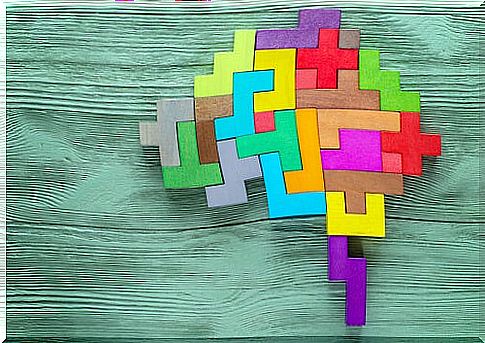The May 8 Technique To Increase Productivity

The May 8 technique is based on two premises about the functioning of the brain. The first tells us that this organ, like everything in the natural world, works in a cyclical and non-linear way. The second premise states that attention and concentration are limited resources. Our brain is actually fickle. Our brain is not ready to work at full capacity at all times.
Natural processes are cyclical. These involve a series of phases where certain processes are developed . Thus, a cycle ends to make way for a new one. Like night and day, or the seasons, or the menstrual cycle, among others. Concentration also has a cycle, which is related to ultradian rhythms, and the May 8 technique is built on its analysis.
As for the limitations of attention, they have to do with the balance between the information that comes in and the brain’s ability to process it. We are not always ready to fully receive and manage intellectual stimuli. The May 8 technique takes this reality into account.
It is important to clarify that, although the May 8 technique is based on scientific premises, it is not a method constructed by science. Rather, it is an empirical scheme that has been applied and is very effective in developing intellectual tasks. It is particularly suitable for those who work with the intellect. Let’s see.

The May 8 technique and ultradian rhythms
Ultradian rhythms are cyclical processes that last less than 20 hours. Studying them specifically in terms of concentration and attention, it has been established that the human brain manages to maintain the attention line for 18 minutes. Then the distraction appears.
However, the cycle that marks the time of sustainable intellectual activity and the absolute need for rest is between 90 and 120 minutes. This means that we are able to perform a task efficiently in that period, after which the intellectual functions decrease significantly. That is why it is necessary to rest.
Likewise, the May 8 technique has established that the first 220 minutes of work are the most productive of all. The moment to carry out the most complex activities. Then, and for the rest of the day, our intellectual performance gradually decreases. How to apply this to the day to day so that we can optimize our performance? We will see it right away.
The crucial start of the day
We have 210 golden minutes at the start of the day. It is very important that we are aware of this so as not to waste them. Many start their work day by checking the news of the day, answering emails or interacting on social networks. One thought: perhaps we are spending the best moment of potential performance on activities that do not merit it.
The indicated thing is to start the day by carrying out the most complex tasks that require greater creativity. We have about three and a half hours to take advantage. The best thing to do would be to do the following:
- First: brain warming. The brain also needs a brief warm-up before it gets going. The first thing then is to allocate 10 minutes to heat. The ideal is to have the work planned from the day before and review the plan in those first minutes.
- Second: complex task. It is a period of 60 minutes, in which you must apply yourself to one of the most complex tasks that you must perform. That is, one that requires high concentration or creativity.
- Third: pause. What follows is a 10-15 minute break. It involves getting up, stretching your legs, and doing an activity that has nothing to do with what you’ve been doing.
- Fourth: golden phase. Another 60 minutes of work are coming. These are the most productive of the entire day. They are used to complete the task that had been started in the previous phase or to carry out a new one.
- Fifth: appeasement tasks. In the last 10 minutes of this cycle, you must perform simple tasks that do not require more attention.

The remainder of the day
Ideally, after those first three and a half hours, we rest. Most of the time it is not possible, so you will have to continue doing the activities of the day. However, after that first phase of greater productivity, we must approach the work in another way.
After a rest of another 10 or 15 minutes, a new cycle of 210 minutes should be started. In this new stage we will not have to heat the brain and we must concentrate on mechanical tasks and with a physical component that can lead us to rescue that activation that can begin to suffer. The idea is to do 40-minute tasks, followed by 10-minute breaks.
It is clear that not everyone will be able to apply the May 8 technique strictly. The indicated thing is to adapt the method to our particular situation. The truth is that after using this method, the results are amazing. Try it. Most likely, you will not regret it.
Note. What is stated in this article is not a rule that works for everyone. There are individual differences, these being important enough to take their logic and not strict planning from this article. Each person will have to adjust it, for example, to the place of the day in which they are most active.









